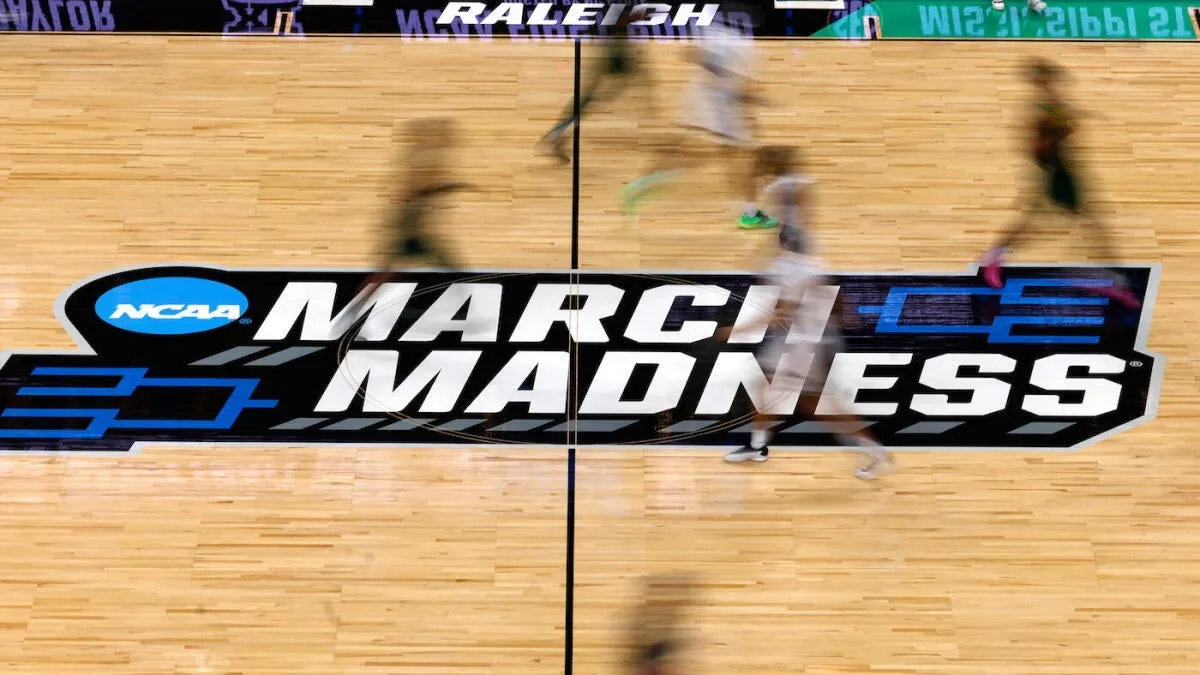
Three years ago, Nijel Pack made headlines by leaving Kansas State to sign a groundbreaking two-year NIL deal worth $400,000 per season with Miami. At that time, Pack was celebrated as the highest-paid player in college basketball, a status that sparked a whirlwind of reactions ranging from shock and cynicism to admiration and celebration. This publicly disclosed contract, backed by a prominent Miami booster, signaled a pivotal moment in the rapidly changing landscape of college athletics, heralding a new era where NIL agreements would only become more extravagant in the years to come.
In 2022, the notion of a college basketball player with minimal name recognition earning $400,000 per year was almost unfathomable to many. Fast forward three years, and this amount has become almost trivial in the realm of college athletics. For context, $400,000 in 2025 might secure a mid-major athlete averaging fewer than 10 points on a non-NCAA Tournament team. This isn't just hypothetical; numerous similar scenarios have unfolded recently, showcasing how the sport now routinely produces millionaire players.
As the transfer portal continues to reshape college basketball, the process of roster-building has never been both more cumbersome and straightforward. Schools with greater financial resources find it significantly easier to attract coveted players. In the past three weeks alone, over 2,000 men's Division I basketball players have entered the portal, driven primarily by the pursuit of better opportunities and, crucially, more lucrative offers. The mantra is clear: money is the primary motivator behind this surge in transfers.
Five years ago, not a single Division I men's basketball player received any form of NIL earnings, totaling $0 collectively. Today, projections indicate that the NIL landscape is evolving into a multi-million dollar arena, with promises of earnings in the hundreds of millions. Observations from insiders depict a stark imbalance between player talent and financial expectations, raising eyebrows across the coaching community.
The rapid escalation of player salaries can be attributed to the actions of a select group of wealthy programs that are inflating the market. Approximately a dozen elite schools are competing aggressively for talent, irrespective of the price tag. In just a year, the budget for attracting top players has nearly doubled, with many programs now boasting eight-figure NIL funds. Recent reports highlight that several schools are already committing $10 million or more to their rosters, positioning themselves as the major players in the transfer market.
Schools such as Arkansas, Duke, Kentucky, and North Carolina are recognized as part of the elite $10 million club, capable of substantial financial commitments to secure top talent. These institutions are expected to dominate the 2025 transfer cycle, further inflating the market and creating a significant disparity in the landscape of college basketball.
While some programs may not reach the $10 million mark, many still have ample resources, hovering around $8 million. Schools like Auburn, UCLA, and Virginia are examples of institutions that, even if not at the top tier, are well-equipped to compete for top-tier players. Collectively, estimates suggest that over 24 schools are prepared to commit around $200 million in NIL support for the upcoming season, with the potential total soaring beyond $325 million across all Division I programs.
As the NIL landscape evolves rapidly, concerns about the sustainability and fairness of these financial arrangements are prevalent. The influx of money from boosters and alumni has transformed college basketball into a high-stakes business environment, where the line between fair compensation and competitive advantage is increasingly blurred. The anticipated reforms aimed at bringing structure to NIL agreements could significantly alter the current dynamics, but skepticism remains regarding whether such changes will truly curb the escalating financial arms race.
As college basketball enters what many anticipate to be its most chaotic offseason yet, the call for a more structured approach grows louder. Yet, with the allure of substantial financial rewards, it remains to be seen if schools and their benefactors will willingly temper their spending. The impending changes could redefine the landscape of college athletics, but until then, the pursuit of wealth continues to dominate the narrative in college basketball.